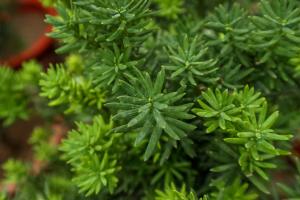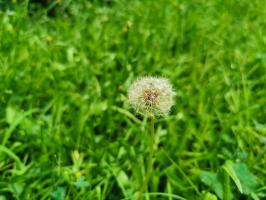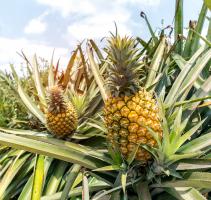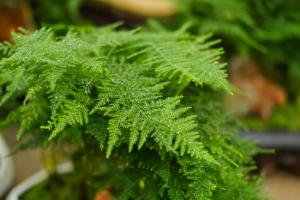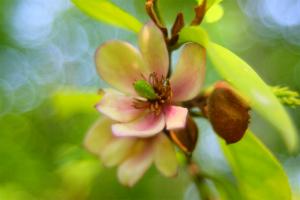How to Planting Pine Trees in South Carolina
South Carolina boasts a long history of pine tree farming, accounting for over half of the state’s forest land today. Whether for timber, shade, or aesthetics, pine trees are a wonderful addition to any landscape. If you’re considering planting pine trees in South Carolina, here are some tips to get started:
Choose the Right Species
Pine trees come in a variety of species with different growth rates, shapes, and colors. Some species are better suited for particular soil types or climates. Before selecting a species, consider the purpose for the planting and the specific site conditions. Loblolly, longleaf, and slash pine are three common species found in South Carolina, but speaking with a local nursery or forester can help ensure you select the best species for your needs.
Prepare the Site
Select a site that receives plenty of sunlight, is well-drained, and has enough space to accommodate mature trees. Clear the area of any brush, weeds, or debris, and use herbicides to prevent regrowth. You may also need to till the soil if it is compacted or has poor drainage. A soil test can help determine if the soil is low in nutrients and require fertilizers or lime treatments.
Planting Techniques
There are several planting techniques you can use, including bare-root planting, container planting, and ball-and-burlap planting. Each technique involves different steps and supplies, so be sure to research which method is best suited for your particular situation.
Bare-root planting involves dipping the tree’s roots in a slurry mixture of water, soil, and fertilizer before planting it directly into the ground. Container planting involves removing the tree from the container and planting it in the ground. With ball-and-burlap planting, the tree is placed into a burlap-wrapped ball with soil still intact and then planted in the ground. Whatever method you choose, be sure to handle the tree’s roots carefully and water the tree thoroughly after planting.
Care and Maintenance
After planting, pine trees require regular care and maintenance to ensure their survival and growth. Water the tree regularly, especially during the first couple of years when the roots are establishing. Mulching can help retain moisture while keeping weeds at bay. Fertilize the tree every few years, and pruning can help maintain the tree’s shape and remove any diseased or dead branches.
Conclusion
Planting pine trees in South Carolina can be a rewarding experience that offers a variety of benefits. Selecting the right species, preparing the site, using proper planting techniques, and providing care and maintenance are key to ensuring the tree’s success. With a little patience and dedication, your new pine trees will be adding value to your landscape in no time!

 how many times do yo...
how many times do yo... how many planted tre...
how many planted tre... how many pine trees ...
how many pine trees ... how many pecan trees...
how many pecan trees... how many plants comp...
how many plants comp... how many plants can ...
how many plants can ... how many plants and ...
how many plants and ... how many pepper plan...
how many pepper plan...
